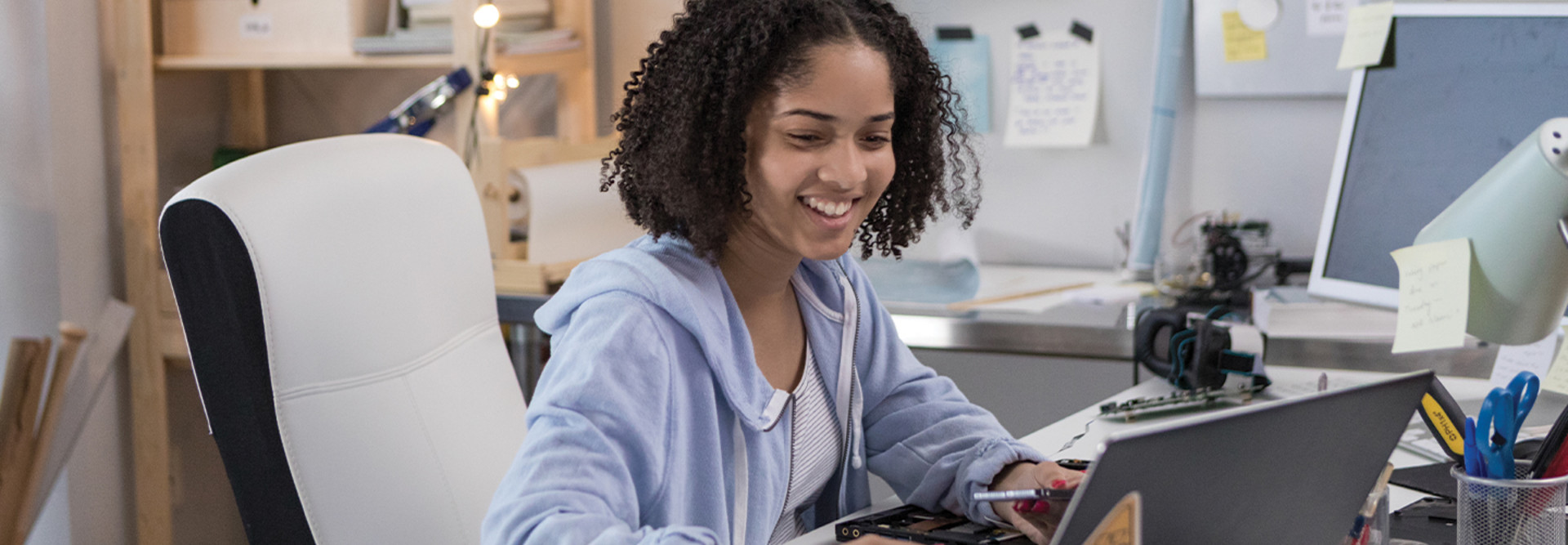1. Communicate Clearly and Manage Expectations
Most students have not experienced remote learning prior to the pandemic. Therefore, it’s crucial for educators to set some guidelines so that everyone is on the same page. That’s even more important now as most schools are gearing up for another transition: this time, to hybrid learning.
Educators should have outlined virtual class policies and etiquette early on this school year. But as some students start to return to in-person classrooms, it’s important to be clear about how those expectations may change and what they may look like in a hybrid environment.
DISCOVER: How can educators move classroom management online?
2. Provide Hands-On Experiences to Foster Creativity
Remote or hybrid learning doesn’t need to mean the demise of hands-on laboratory experiences. STEM educators can continue to offer these types of project opportunities, even if some students are in the classroom and some are online.
For instance, STEM teachers can recreate project-based learning experiences online with the help of videoconferencing platforms and project management tools such as Project Pals, Headrush and Student Corner.
Other districts are being a little bit more innovative. For example, Ector County Independent School District in Texas is working with colleges to develop new courses that would give students the opportunity to contribute to real-world research remotely. They are also designing hands-on labs for distance learning so students can help design experiments.
RELATED: Remote student-run IT help desks teach students critical STEM skills.
3. Strongly Consider the Flipped Classroom Model
Even after the pandemic, schools should embrace the flipped classroom model. Flipped classrooms, which invert the traditional education model by incorporating recorded lectures as an educational tool, were becoming increasingly common even before the widespread shift to remote learning. This model allows students to participate in their education asynchronously, which gives teachers more time to interact with other students.
READ MORE: Here’s what schools need to know about flipped classrooms.
4. Build a Cohort of Support and Collaboration
Educators and students alike can benefit by creating smaller group of students and giving them opportunities to connect in online spaces or breakout rooms. This approach lets them get to know each other better and build study groups, which, in the era of remote learning, will serve them well into the future.
MORE ON EDTECH: These tips can help educators manage breakout rooms.











